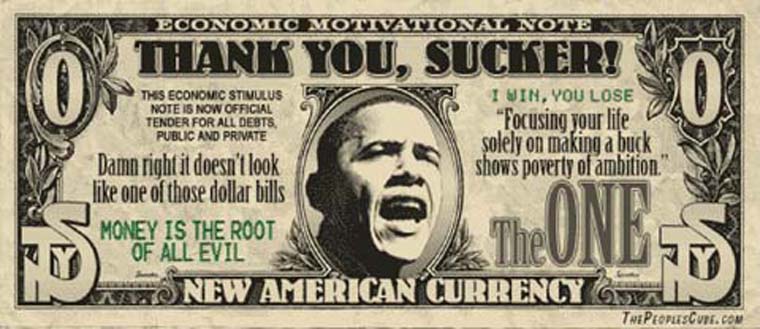A Washington Post article about what is being learned from Bob Woodward's new book. IMHO, it's time to get the hell out of Afghanistan.
Military Thwarted President Seeking Choice in Afghanistan
. . .
This stark divide between the nation's civilian and military leaders dominated Obama's Afghanistan strategy review, creating a rift that persists to this day. So profound was the level of distrust that Obama ended up designing his own strategy, a lawyerly compromise among the feuding factions. As the president neared his final decision on how many troops to send, he dictated an unusual six-page document that one aide called a "terms sheet," as though the president were negotiating a business deal.
This inside story of Obama's strategy review, and what it shows about his leadership style and decision-making, is based on meeting notes, classified memos and interviews with more than 100 national security officials. Those firsthand accounts reveal a new president confronting the realization that months of tough debate and hard work had not brought forth a clear solution that everyone could agree on. Even at the end of the process, the president's team wrestled with the most basic questions about the war, then entering its ninth year: What is the mission? What are we trying to do? What will work?
At critical points in the review, the ghosts of Vietnam hovered. Some participants openly worried that they were on the verge of replaying that history, allowing the military to dictate the force levels. While Obama sought to build an exit plan into the strategy, the military leadership stuck to its open-ended proposal, which the Office of Management and Budget estimated would cost $889 billion over a decade. Obama brought the OMB memo to one meeting and said the expense was "not in the national interest."
. . .
Under the redefined mission, Obama told Gates, the best I can do is 30,000. "This is what I'm willing to take on, politically," the president said.
Gates had worked for seven other presidents. Each had his own decision-making style. They often floated assertions and conclusions, sometimes emphatically, sometimes tentatively. It wasn't always evident what they meant.
. . .
http://www.washingtonpost.com/wp-dyn/content/article/2010/09/26/AR2010092603766_pf.html
